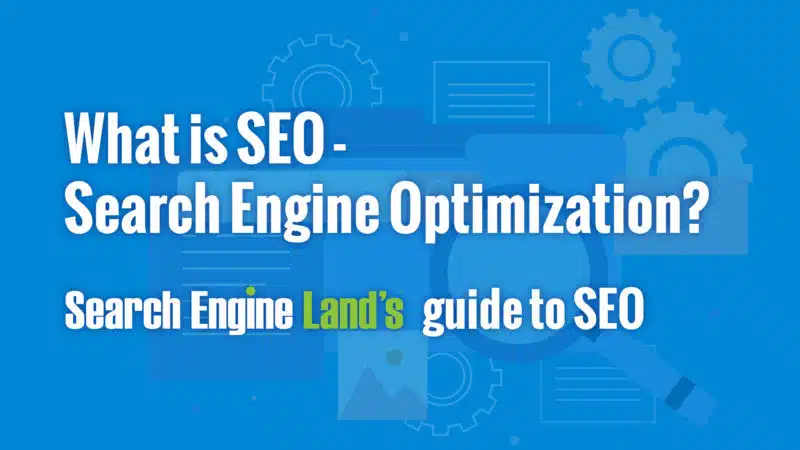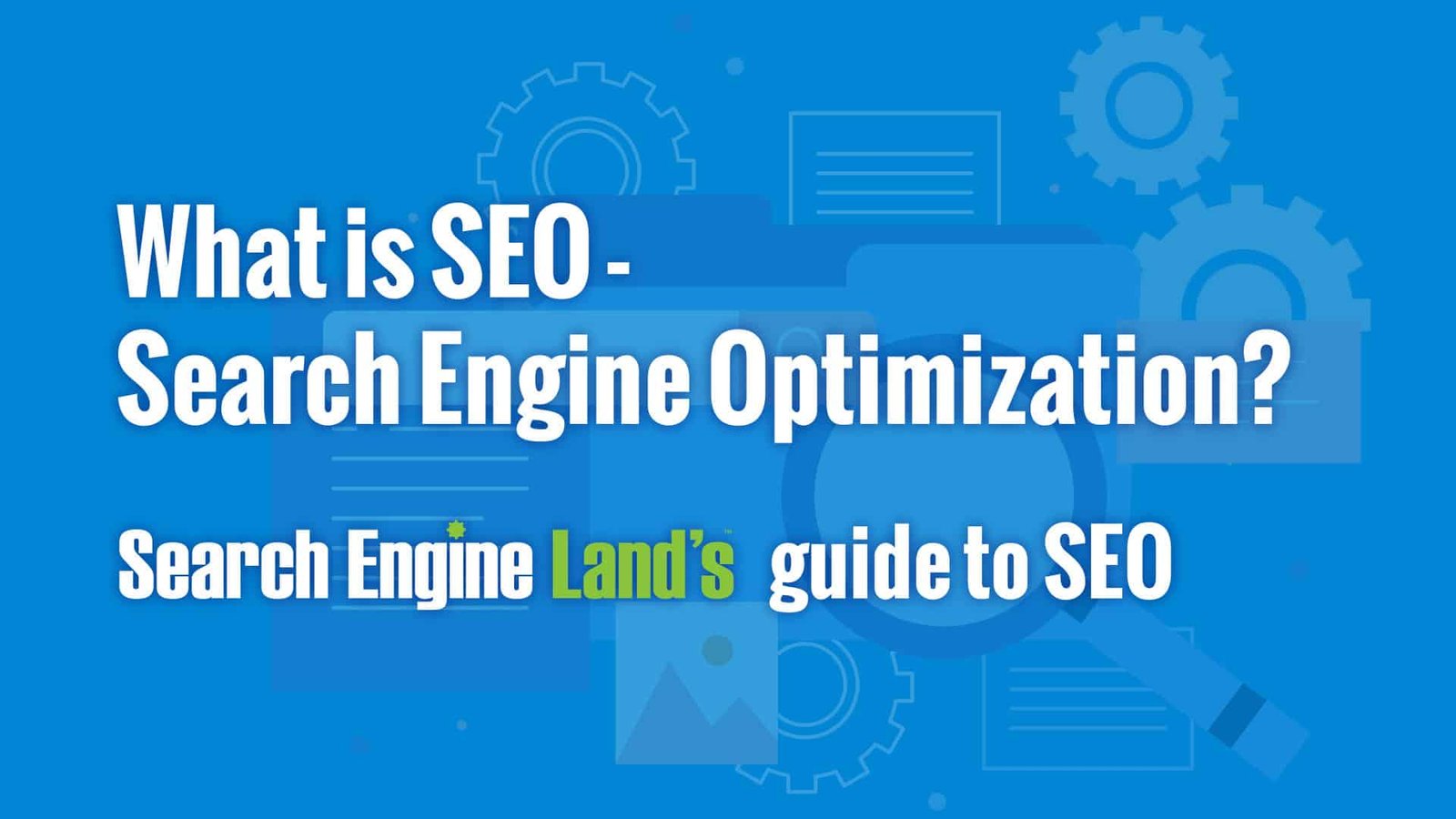Enhance SEO with proven strategies: conduct keyword research, optimize meta tags, improve site speed, create high-quality content, build backlinks, and ensure mobile-friendliness.
Understanding and implementing best practices for SEO can make a big difference. Strong SEO strategies draw more visitors to your site. This means better engagement and potential for higher sales or conversions. In this blog post, we’ll explore key SEO practices.
These methods help improve your site’s ranking and visibility. By following these practices, your website can perform better in search results. Ready to boost your SEO knowledge? Let’s dive in and learn how to optimize your website for search engines effectively.
Keyword Research
Keyword research is the foundation of any successful SEO strategy. It helps you understand what your audience is searching for. This process guides you in creating content that meets their needs. Effective keyword research can increase your visibility on search engines. Below, we will discuss some best practices for keyword research.
Tools And Techniques
Using the right tools can make keyword research easier. Google Keyword Planner is a popular choice. It shows search volume and competition for keywords. Another useful tool is SEMrush. It provides insights into your competitors’ keywords. Ahrefs is also great for finding keyword opportunities. Each tool has unique features to help you succeed.
Techniques are just as important as tools. Start by brainstorming topics related to your business. Use tools to find keywords within these topics. Look for keywords with high search volume and low competition. Always consider the intent behind a keyword. This helps you create relevant content.
Long-tail Keywords
Long-tail keywords are phrases with three or more words. They are more specific than short keywords. For example, “best hiking shoes for women” is a long-tail keyword. These keywords often have lower competition. This makes them easier to rank for in search results.
Long-tail keywords also attract more targeted traffic. People using these phrases know what they want. This means they are more likely to engage with your content. Including long-tail keywords in your strategy can improve your SEO results. Focus on finding phrases that match your audience’s needs. Use tools to identify valuable long-tail keywords. Integrating these into your content can enhance your visibility.
On-page Optimization
On-page optimization is a crucial aspect of SEO. It involves tweaking individual web pages to rank higher and earn more relevant traffic. This process ensures that your content is both user-friendly and search engine-friendly.
Title Tags And Meta Descriptions
Title tags are essential for SEO. They tell search engines what your page is about. Keep your title tag under 60 characters. Use your primary keyword in it. Make it compelling to attract clicks.
Meta descriptions are also important. They appear below your title in search results. Keep them under 160 characters. Include your primary keyword. Write a clear and enticing description. This can improve your click-through rate.
Header Tags
Header tags structure your content. They help search engines understand your page. Use H1 for your main title. Use H2 for main sections. Use H3 and H4 for sub-sections. This creates a clear hierarchy.
Include keywords in your headers. This helps with ranking. It also makes your content easier to read. Headers break up the text. They guide readers through your content. This improves user experience.
Content Quality
Content quality plays a crucial role in search engine optimization. It impacts your site’s ranking and user engagement. High-quality content attracts and retains visitors. It also earns backlinks and boosts your site’s authority. Let’s explore key aspects of content quality.
Original And Valuable Content
Original content stands out. Search engines favor unique information. Avoid copying from other sources. Create fresh and engaging material. Offer new insights or perspectives. This adds value for your readers. They come back for more.
Value is key. Solve problems or answer questions. Make your content useful. Readers should gain something from your posts. This builds trust. They share your content with others. This can improve your site’s visibility.
Content-length And Depth
Longer content often ranks better. It covers topics more thoroughly. Aim for articles over 1,000 words. But, focus on quality over quantity. Don’t add fluff just to meet word count. Each word should serve a purpose.
Depth matters too. Provide detailed information. Go beyond surface-level details. Readers appreciate in-depth analysis. It shows expertise in the topic. This can lead to higher engagement and sharing.

Credit: www.linkedin.com
Mobile Optimization
In today’s digital age, mobile optimization is crucial for any website. More people use mobile devices to browse the internet. Ensuring your site is mobile-friendly can help improve your search engine rankings.
Responsive Design
Responsive design means your website adapts to different screen sizes. This ensures a good user experience on any device. A responsive website has the same content on desktop and mobile.
Benefits of responsive design:
- Better user experience
- Improved SEO rankings
- Increased mobile traffic
- Reduced bounce rates
To achieve responsive design, use flexible grids and layouts. CSS media queries can help adjust the design for different screens. Test your site on various devices to ensure it looks good everywhere.
Mobile-friendly Testing
Mobile-friendly testing helps identify issues on mobile devices. Google provides a free tool called Mobile-Friendly Test. This tool shows how your site performs on mobile.
Steps to use the tool:
- Visit the Mobile-Friendly Test page.
- Enter your website URL.
- Click the “Test URL” button.
- Review the results and fix issues.
Common issues to look for:
- Text too small to read
- Links too close together
- Content wider than the screen
Fixing these issues ensures your site is easy to navigate on mobile. This can lead to better engagement and higher rankings.
Page Speed
Page Speed is crucial for Search Engine Optimization (SEO). Faster loading pages improve user experience. They also boost your website’s ranking on search engines. Slow pages frustrate users and increase bounce rates. Therefore, optimizing page speed is essential for SEO success.
Speed Testing Tools
Various tools help assess your website’s speed. These tools provide detailed insights and actionable recommendations:
- Google PageSpeed Insights: Analyzes desktop and mobile speed. Offers suggestions for improvement.
- GTmetrix: Provides a comprehensive performance report. Includes page load details and recommendations.
- Pingdom: Tests your website’s speed. Offers performance grades and suggestions.
- WebPageTest: Allows multi-step testing. Shows detailed waterfall charts.
Improvement Techniques
Various techniques can help improve your page speed:
- Optimize Images: Compress and resize images. Use modern formats like WebP.
- Enable Browser Caching: Store static files locally. Reduces load time on repeat visits.
- Minimize HTTP Requests: Combine files. Reduce the number of requests.
- Use a Content Delivery Network (CDN): Distribute content across various servers. Improves load times globally.
- Minify CSS, JavaScript, and HTML: Remove unnecessary code. Reduces file size and load time.
- Enable Compression: Use Gzip or Brotli. Compresses files before sending to users.
- Reduce Server Response Time: Optimize server configurations. Choose a reliable hosting provider.
Implementing these techniques improves your website’s speed. This leads to a better user experience and higher search engine rankings.

Credit: jcsocialmarketing.com
Backlink Building
Backlink building is a crucial element of Search Engine Optimization (SEO). It helps improve your website’s authority and rank. Backlinks act as votes of confidence from other sites. They tell search engines your content is valuable. Here, we will explore some best practices for backlink building.
Quality Over Quantity
It’s better to have a few high-quality backlinks than many low-quality ones. High-quality backlinks come from reputable sites. These sites have good domain authority and relevant content.
Low-quality backlinks can harm your site’s ranking. They often come from spammy or unrelated websites. Focus on building links from trusted sources. Here are some tips:
- Get backlinks from industry leaders.
- Ensure the linking site has good domain authority.
- Check that the content is relevant to your niche.
Link Building Strategies
Effective link building requires strategic planning. Several proven strategies can help you build strong backlinks. Here are some methods to consider:
- Guest Blogging: Write articles for other websites. Ensure the site is reputable and relevant. Include a link back to your site in the author bio.
- Broken Link Building: Find broken links on other sites. Offer your content as a replacement. This helps the site owner and gets you a backlink.
- Content Creation: Create high-quality, shareable content. Infographics, guides, and case studies work well. Share this content on social media and with influencers.
- Engage with Influencers: Build relationships with influencers in your niche. They can share your content and provide backlinks.
Here is a table that summarizes these strategies:
| Strategy | Description | Benefits |
|---|---|---|
| Guest Blogging | Writing articles for other websites. | Builds authority and backlinks. |
| Broken Link Building | Replacing broken links with your content. | Helps site owners and gains backlinks. |
| Content Creation | Creating high-quality, shareable content. | Increases shares and backlinks. |
| Engage with Influencers | Building relationships with influencers. | Gets shares and backlinks. |
Remember, building backlinks takes time. Focus on quality and use effective strategies. This will improve your SEO in the long run.
Technical Seo
Technical SEO plays a critical role in your site’s search engine performance. It ensures that search engines can easily crawl and index your content. By optimizing technical elements, you help search engines understand your site better. This can lead to higher rankings and more organic traffic.
Xml Sitemaps
XML sitemaps act as a roadmap for search engines. They list all the important pages on your site. This helps search engines find and index your content quickly. Creating an XML sitemap is simple. Many SEO plugins offer this feature. Once created, submit it to search engines like Google. This step is crucial for better visibility.
Robots.txt
Robots.txt files guide search engine crawlers. They tell crawlers which pages to index and which to ignore. This file is essential for managing crawl budgets. It helps prevent overloading your server with requests. You can easily create and edit a robots.txt file. Make sure it is accurate. An incorrect file can block important pages. Always double-check your settings.
User Experience
User experience is critical for effective search engine optimization. A positive user experience keeps visitors on your site longer. This, in turn, signals search engines that your content is valuable. You must focus on every aspect of user interaction. Two key areas are navigation and site structure, and engagement metrics.
Navigation And Site Structure
Easy navigation helps users find what they need quickly. Use a clear menu at the top of your pages. This should include links to important sections of your site. Categorize your content well. Group similar topics under the same category. A simple, logical site structure aids in better user experience. It also helps search engines crawl your site more efficiently.
Avoid cluttered menus. Too many options can confuse visitors. Use breadcrumbs to show the path users took to reach a page. This helps them navigate back easily. A good site structure makes it easier for users and search engines.
Engagement Metrics
Engagement metrics indicate how users interact with your site. High bounce rates suggest users leave your site quickly. This can hurt your SEO. Aim to reduce bounce rates by providing valuable, relevant content. Ensure your pages load fast. Slow loading times drive users away.
Track metrics like average session duration and pages per session. These show how long users stay and how many pages they visit. Use this data to improve your content and user experience. Interactive elements like videos and infographics can increase engagement. Keep your content interesting and easy to read.

Credit: searchengineland.com
Frequently Asked Questions
What Are Seo Best Practices?
SEO best practices include keyword research, quality content, optimizing meta tags, mobile-friendly design, and building backlinks. These strategies help improve search engine rankings and user experience.
How Does Keyword Research Improve Seo?
Keyword research identifies the terms your audience searches for. Using these keywords in your content helps you rank higher in search results.
Why Is Mobile-friendly Design Important For Seo?
Mobile-friendly design ensures your website looks good on all devices. Google prioritizes mobile-friendly sites, which can improve your search rankings.
How Do Backlinks Impact Seo?
Backlinks from reputable sites signal trust to search engines. They can significantly boost your site’s authority and ranking in search results.
Conclusion
Mastering SEO takes time and consistent effort. Follow these best practices regularly. Keep your content relevant and engaging. Focus on user experience. Use keywords wisely. Optimize for mobile and site speed. Monitor your progress with analytic tools. Stay updated with SEO trends.
Apply these strategies to see gradual improvements. Remember, SEO is a marathon, not a sprint. Keep learning and adjusting your approach. Success will follow with persistence and patience.

